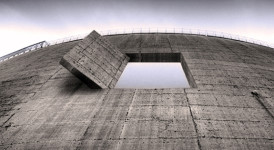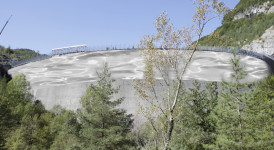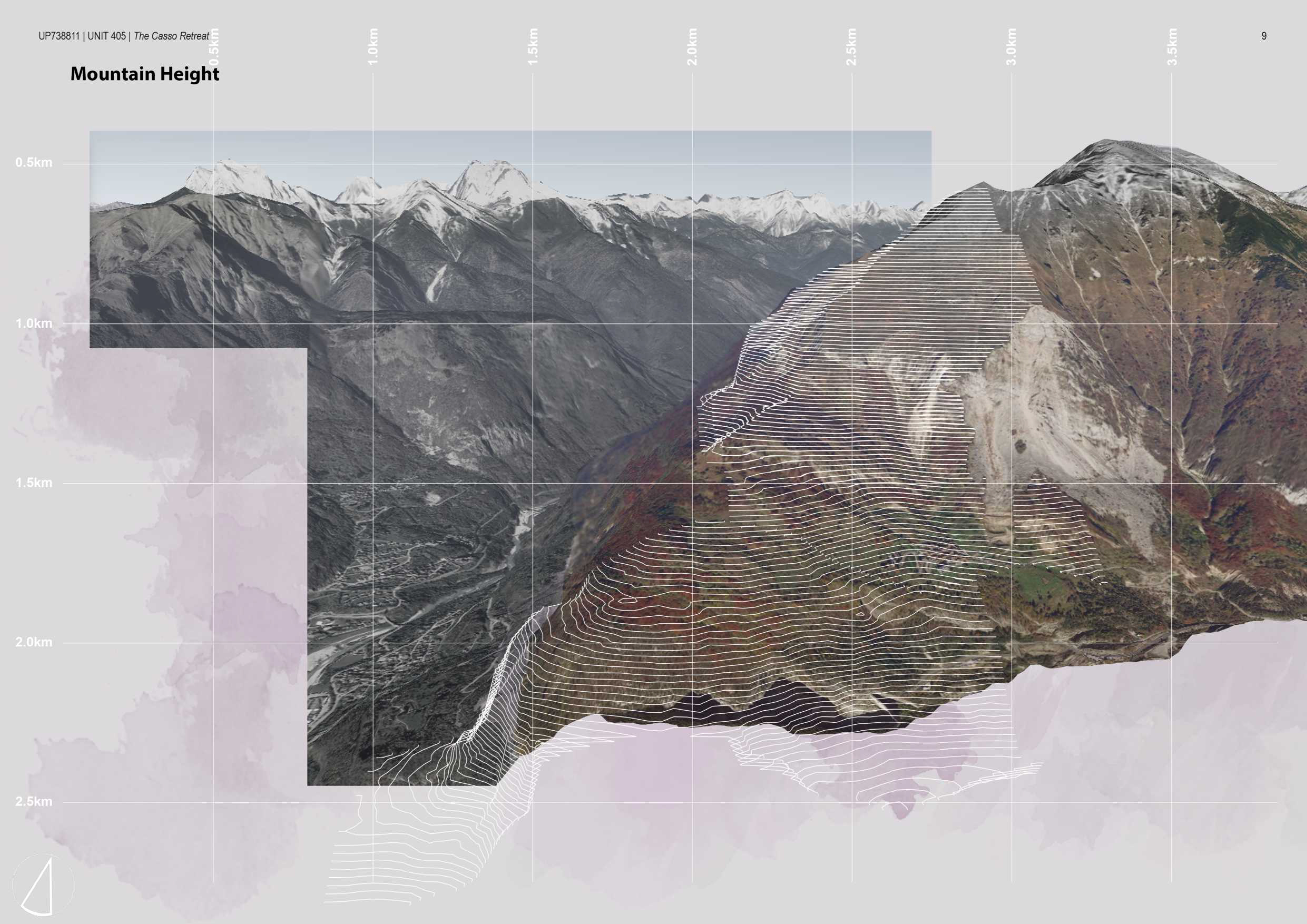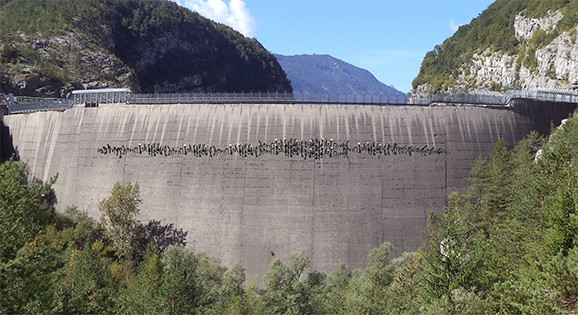
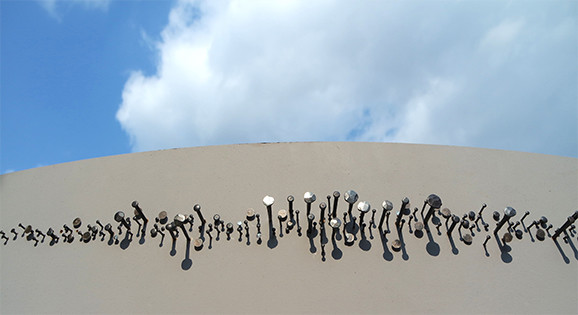
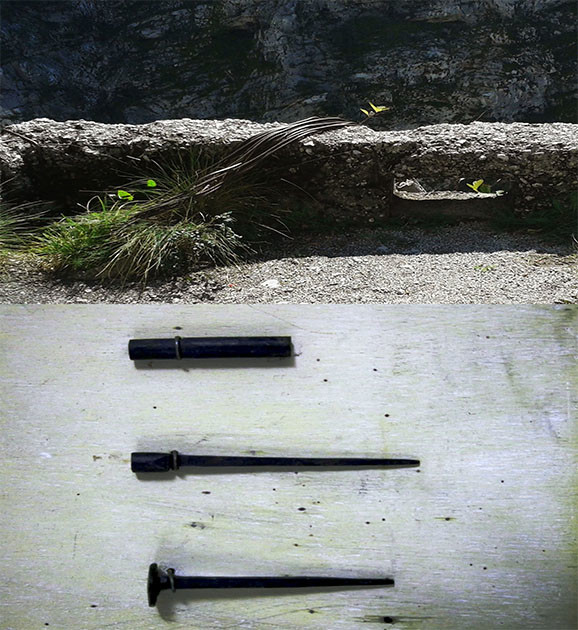
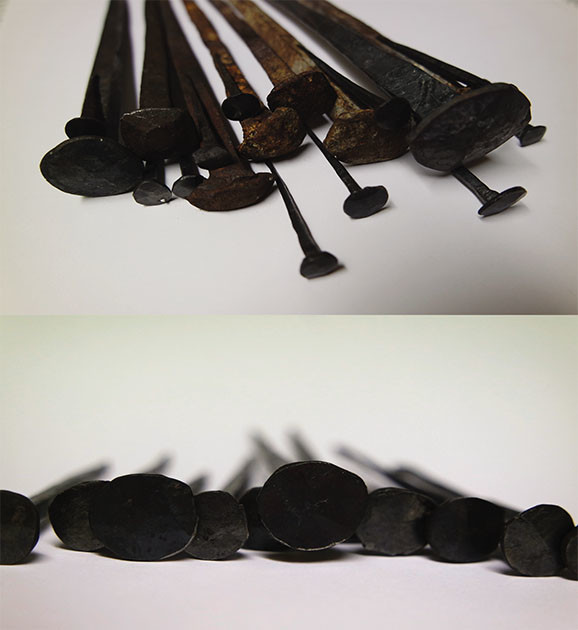
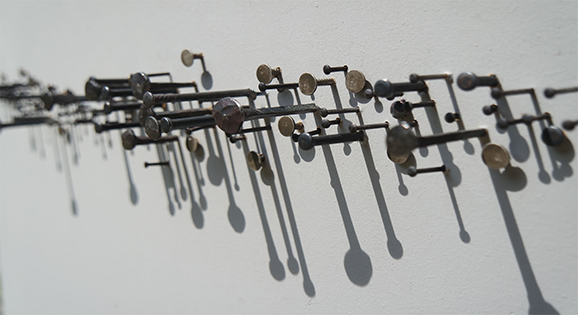
From latin, blacksmith. It’s time for a new production site for the dam, a site to reactivate drowsy connections and activities, a site to generate ideological manufacture.
Historically, the mineral resources, the natural energies, the presence of the water have sustained, for a very long time, the economy of this area. In a particular way, artisans and smiths have selves-specialized in the production of tool’s utensil and in the forging of nails, giving birth to the professional position of “ciodaròt”. The evolution and circulation all around Italy of the nails produced in this area, are proved by documents, photos and ethnographic studies that can be consulted in the “Museo del Ferro e del Chiodo” at Forno di Zoldo, close to the vajont area.
The production of this utensil has been abandoned due to the arrival of industrialization, declaring the closing of kilns and power-hammer, and the consequent emigration of the population towards North Europe. Places and know-how of this expertise are drowsy but not forgotten. It’s possible then to lead to a competent and new nails production forged by hand.
The visual emanation of the installation, it’s a trace composed by 10,000 nails forged by hand and installed along the same line that the water level was marking in the dam that October 9th, 1963. The installation involves the preparation of a site of smithy near the dam, the forging of the nails through the reactivation of local handmade competences, and the installation of the nails line along the dam.
The whole connections, ideas and processes that realizes the production of nails, is itself the artistic installation. in this perspective, art is a catalyst for systems that start a continuous dialogue with the territory and the people, preserving and enhancing the historical and actual identity of the local human resources.
The material used to forge the nails, following the tradition, will be reused by recast material. It would be interesting a further research on the presence on the territory of places collecting old iron, (or iron belonging to the same dam, in case it would be possible the gathering). The length of the forged nails will vary between 20 and 90 cm; they will be grafted in the concrete for a total depth of about half of their length. Also the diameter of the heads of nails vary between 3 and 33 cm. It is foreseen to drill the hole of the nail before installing it, and than to fix it through a specific epoxy glue.
–
Dal latino, fabbro. è tempo di un nuovo cantiere per la diga, un cantiere per riattivare conoscenze e attività assopite, un cantiere per produrre manifattura ideologica.
Storicamente le risorse minerarie, le energie naturali, la presenza dell’acqua, hanno sostenuto per lungo tempo l’economia di queste zone. In particolare modo, artigiani e fabbri si specializzarono nella produzione di utensili di ferro e nella forgiatura di chiodi, dando vita alla tradizione dei “ciodarot”. L’evoluzione e la diffusione in tutto il Veneto della chioderia prodotta in queste zone sono testimoniate da documenti, fotografie e studi etnografici consultabili anche al Museo del Ferro e del Chiodo a Forno di Zoldo.
La cessata produzione di questi oggetti per l’avvento dell’industrializzazione, ha decretato la chiusura di forni e magli, e la conseguente emigrazione della popolazione verso il nord europa. I luoghi e le conoscenze di questo mestiere si sono assopiti, ma non dimenticati: è quindi possibile dar luogo a una nuova e competente produzione di chiodi forgiati a mano.
L’emanazione visiva dell’opera è una traccia composta da 10.000 chiodi forgiati a mano e installati lungo la stessa linea che il livello dell’acqua segnava in diga il 9 ottobre 1963.
L’opera prevede l’allestimento di un cantiere di fucineria nei pressi della diga, la forgiatura dei chiodi attraverso, la riattivazione delle competenze artigianali locali e la messa in opera della linea di chiodi sulla diga. L’insieme delle relazioni, idee e processi per attuare la produzione dei chiodi sono l’opera stessa. In questa prospettiva l’arte catalizza sistemi atti a un dialogo continuativo con il luogo e le persone, proteggendo e valorizzando l’identità storica e attuale delle risorse umane qui presenti.
Il materiale per la forgiatura dei chiodi, come la tradizione insegna, verrà ad essere recuperato da materiale di rifusione. Sarà interessante una seconda ricerca sulla presenza territoriale di luoghi atti alla raccolta del ferro vecchio (o ferro proveniente dalla stessa diga qualora ne fosse possibile l’approvvigionamento).
La lunghezza dei chiodi forgiati varierà dai 20 ai 90 cm, saranno innestati nel cemento per una profondità di circa la metà della loro lunghezza, il diametro delle teste dei chiodi varierà dai 3 cm ai 33. E’ prevista la preforata della sede del chiodo e la sistemazione dell’oggetto tramite specifica colla epossidica.

 vicenza
vicenza
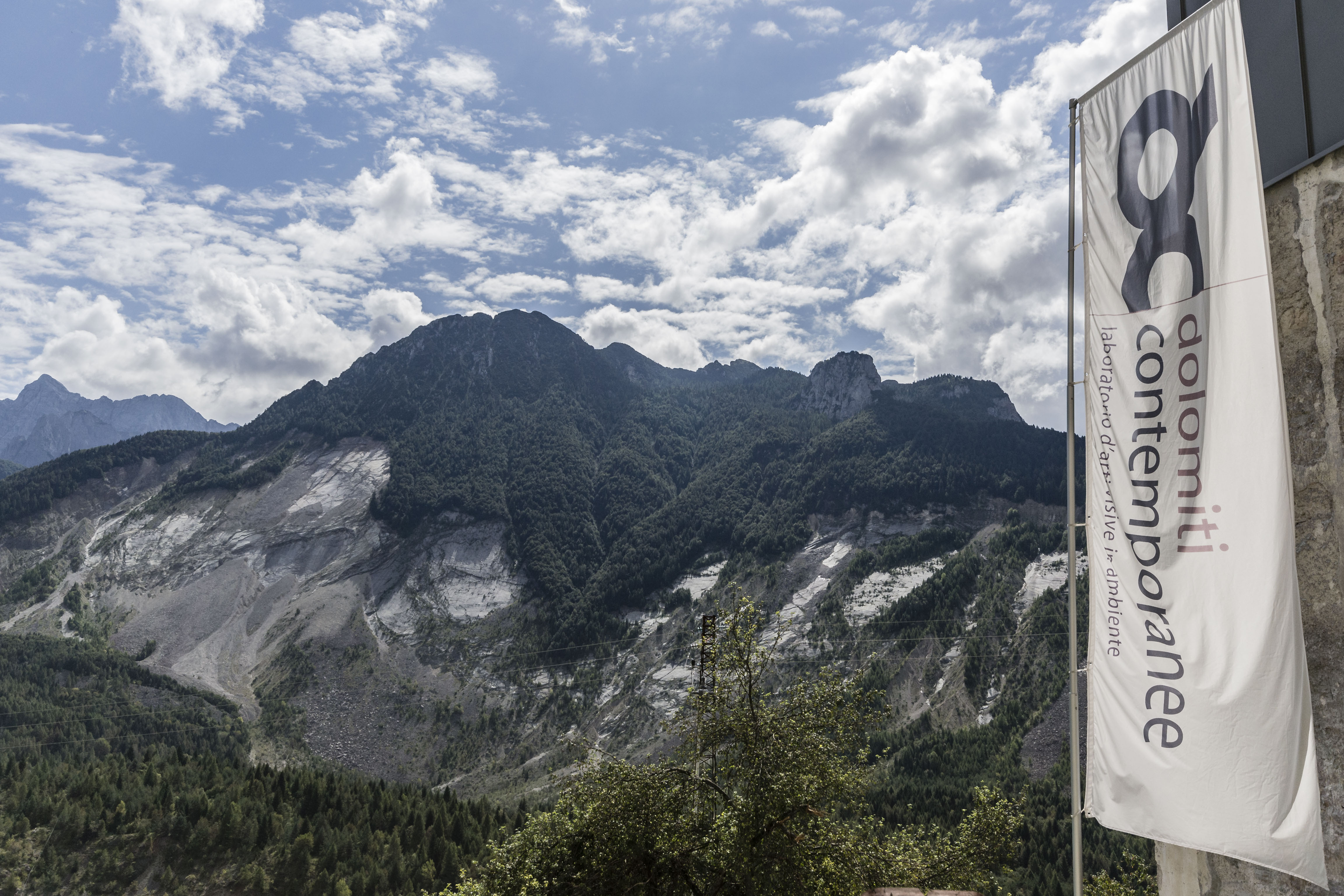
Tuesday, June 15th 2021, 2 – 4 PM, webinar panel:
two calls for vajont: fase _restart.
Vajont: [...]






